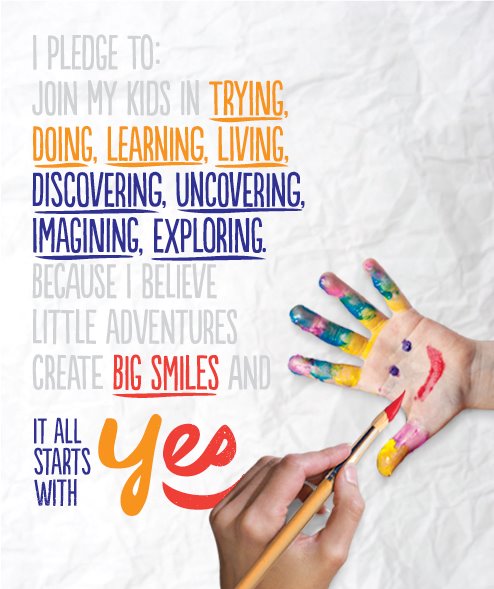Strategies for Teaching Yes and No in Speech Therapy
Though it might seem as though your child communicates “no” all the time (maybe he protests, maybe she runs away, he might sign “all done”), teaching children with language impairments to express the words, “yes” and “no” can sometimes be a challenge in speech therapy. These two simple words can carry a conversation. By being able to answer these questions a child can describe preferences, answer questions, and clearly express their wants and needs. It is an important part of development and often challenging in the toddler years when everything seems like a “nooo!” Being able to accurately answer “yes” and “no” questions can reduce communications frustration for children with language disorders, specifically autism, Down syndrome, cerebral palsy or developmental delays.
Different Types of Yes/No Questions
There are many different types of yes/no questions, and knowing the difference between them is essential for teaching.
1.) Preference Based Yes/No
These are questions that ask you to confirm or reject something being offered using yes/no. “Do you want cookies?” (yes or no). Begin by asking your child, “Do you want __?” while offering an item. Model “yes” if they show interest or take the item. Model “no” if they refuse it, or take it but appear dissatisfied. The best tools for this task are items that are highly motivating. Offer things you know the don’t like to encourage them to use “no” to reject it. If they say “yes,” still honor the response by giving them the item and therefore teaching them the meaning of his response.
2.) Fact-Based Yes/No
These are questions that ask you to confirm or reject a statement about something. It could be the identity of something, “Is this a banana?” or the condition of it “Are you cold?” This task gets more complex when more vocabulary and concepts are added. Concepts of time, for example, are difficult for some children to understand. The question “Did you eat a cookie before breakfast?” requires the child to understand “before” and “after” which can be tricky. Begin with concrete objects when introducing this task, “Is this a cookie?”
Response Types
Children can respond in different forms:
- Words, “yes” or “no”
- Visual symbols (Mayer Johnson)
- Gestures/body language, nodding or shaking their heads
- Sign Language
- A voice output device
Using Yes/No in Therapy
In therapy, decided which aspect to tackle- fact based or preference based. Offer choices using preference based throughout the day. For fact based, this can include a variety of language games, books and apps where the child must identify items and answer comprehension questions (e.g., “Did he want to go to school?”) Here are some tools you can include in your teaching:
Books that Reinforce
- No, David by David Shannon, David, a young and mischievous boy, often gets into things that he should not.
- Yes Day! By Amy Krause Rosenthal, About a day where everyone says “yes!”
Apps for Teaching Yes/No
- Answers Yes No HD, A simple AAC app providing voice output and the ability to incorporate and custom program images on a button. Users can create boards with more than just yes/no as well.
- What Did Snakey Eat?, Very cute app that makes for a nice therapy activity for answering yes and no. This preschool game includes pattern recognition and helps young children develop critical thinking skills.
- Autism and PDD Yes/No Questions, Great app aimed at children on the spectrum but can we used with a variety of children.



